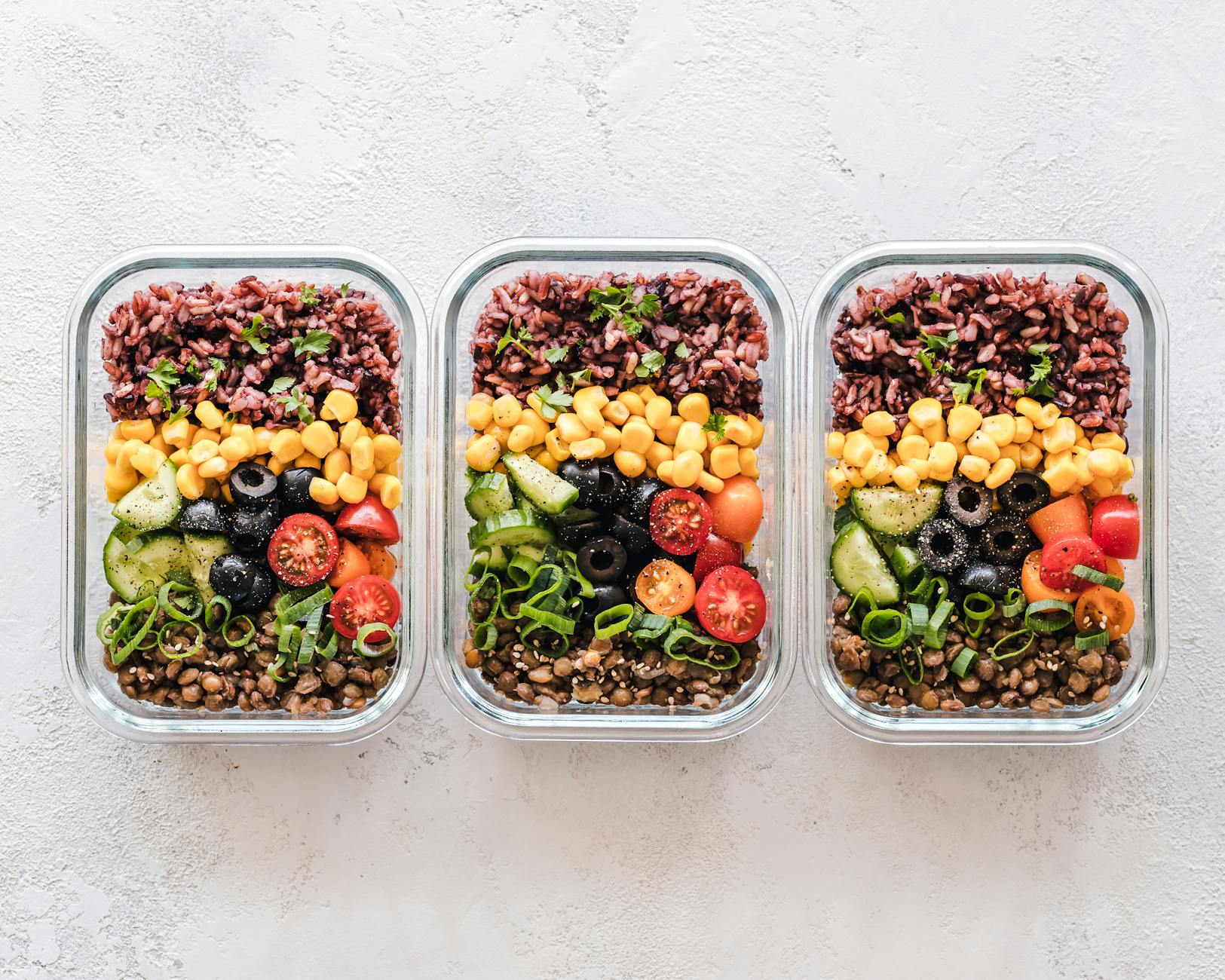In recent years, the rise of prepared foods in China has transformed the dining landscape. These pre-cooked and packaged meals, which only require reheating, have become ubiquitous across supermarkets, restaurants, and even school cafeterias. While their convenience and cost-efficiency have made them a staple for businesses, prepared foods have sparked debates about safety, nutrition, and the erosion of culinary traditions.
The Prepared Food Landscape
Prepared foods, or “yuzhi cai” (预制菜), are not new to Chinese households. From instant noodles to canned eight-treasure porridge, such convenience items have long held a place in Chinese kitchens. However, the recent explosion of ready-to-eat or ready-to-cook meal kits, particularly in restaurants and takeout services, has elevated this trend to a new level. Whether it’s a high-end pork tripe hotpot or a quick kung pao chicken lunchbox, chances are it was reheated from a pre-made package.
According to the China Chain Store & Franchise Association, over 85% of food items in some major fast-food chains like True Kungfu and Yoshinoya rely on prepared ingredients. The trend extends to traditional Chinese dishes, with restaurant chains using centralized kitchens to supply pre-cooked items for faster service and standardized flavors. Moreover, over 70% of food delivery providers reportedly use pre-packaged meal kits to streamline operations.
This shift is not just a response to time constraints but also reflects broader socio-economic changes in China. As urbanization accelerates and the number of dual-income families increases, the demand for efficient food solutions that cater to busy lifestyles has grown significantly. The convenience of these meals offers a middle ground between labor-intensive traditional home cooking and often unhealthy fast-food options.
The Drawbacks of Convenience
Despite their widespread adoption, prepared foods have faced harsh criticism. Many consumers argue that these meals are often unappetizing compared to freshly made dishes. The lack of freshness is compounded by concerns over high levels of preservatives, additives, and salt used to maintain flavor and shelf life. Additionally, prepared foods often miss the “wok hei”—a smoky aroma achieved through traditional high-heat stir-frying—which many consider essential to authentic Chinese cuisine.
Nutrition is another hot-button issue. Critics highlight that while some prepared foods are designed with balanced macronutrients, many others are loaded with calories, fat, and sodium. For parents, these concerns are particularly alarming when such meals make their way into school cafeterias, as they fear the long-term health effects on children.
Compounding the issue is the lack of robust regulation. The Ministry of Education has acknowledged that prepared foods lack standardized certifications, traceability systems, and consistent oversight. Parents worry that cost-cutting measures might lead to the inclusion of substandard ingredients or unsafe processing practices.
Moreover, controversies have arisen regarding the introduction of prepared meals in schools. Parents have expressed dissatisfaction with the quality and nutritional value of these meals, citing issues like slow delivery, poor quality, and unappetizing taste. Some have even resorted to delivering meals to their children themselves, highlighting the lack of transparency and choice in meal provisions.
The Economic Drivers Behind Prepared Foods
The surge in prepared foods is closely tied to economic pressures in the restaurant industry. Rising costs of rent, labor, and raw materials have forced businesses to find ways to “do more with less.” Centralized kitchens and meal kits allow restaurants to reduce their dependency on skilled chefs and raw ingredients, slashing costs and boosting efficiency.
For instance, a restaurant selling braised pork rice at 17.5 yuan can see profits rise from 0.5 yuan per dish to 3 yuan when switching to pre-cooked meal kits. The time savings are equally significant, cutting preparation and serving times nearly in half. In a highly competitive and high-turnover industry, such benefits are difficult for businesses to ignore.
Prepared Foods in Chinese Malls: An Inevitable Trend
Prepared foods have become especially prevalent in Chinese shopping malls, where many restaurants rely on central kitchens for meal preparation. This shift is partly due to fire safety regulations, which often prohibit open flames and gas stoves in malls. As a result, diners in these establishments are likely eating reheated meals, even when paying premium prices for a supposed “freshly cooked” experience.
As the chain restaurant model gains momentum, prepared foods are likely to dominate further. Centralized kitchens offer consistency in flavor and significant cost advantages, enabling brands to expand more rapidly. Smaller, independent eateries find it increasingly hard to compete, leading to greater homogenization of dining options.
The Future of Food and Dining in China
While prepared foods are here to stay, their growing dominance raises questions about the future of dining in China. Traditional cooking methods, which emphasize skill, artistry, and the connection between chef and diner, are being replaced by industrialized processes. Dining is increasingly becoming less about the food itself and more about the presentation, ambiance, and service.
At the same time, some consumers are pushing back. Social media platforms like Xiaohongshu are full of posts exposing which brands and restaurants use specific prepared foods, helping consumers make informed choices. Others are embracing the convenience of meal kits for home use, bypassing restaurants altogether.
As the debate over prepared foods continues, it reflects broader tensions between tradition and modernity, efficiency and quality. For many, the rise of prepared foods is not just a shift in dining habits but a symbol of how modern life’s conveniences come with hidden costs.

评论